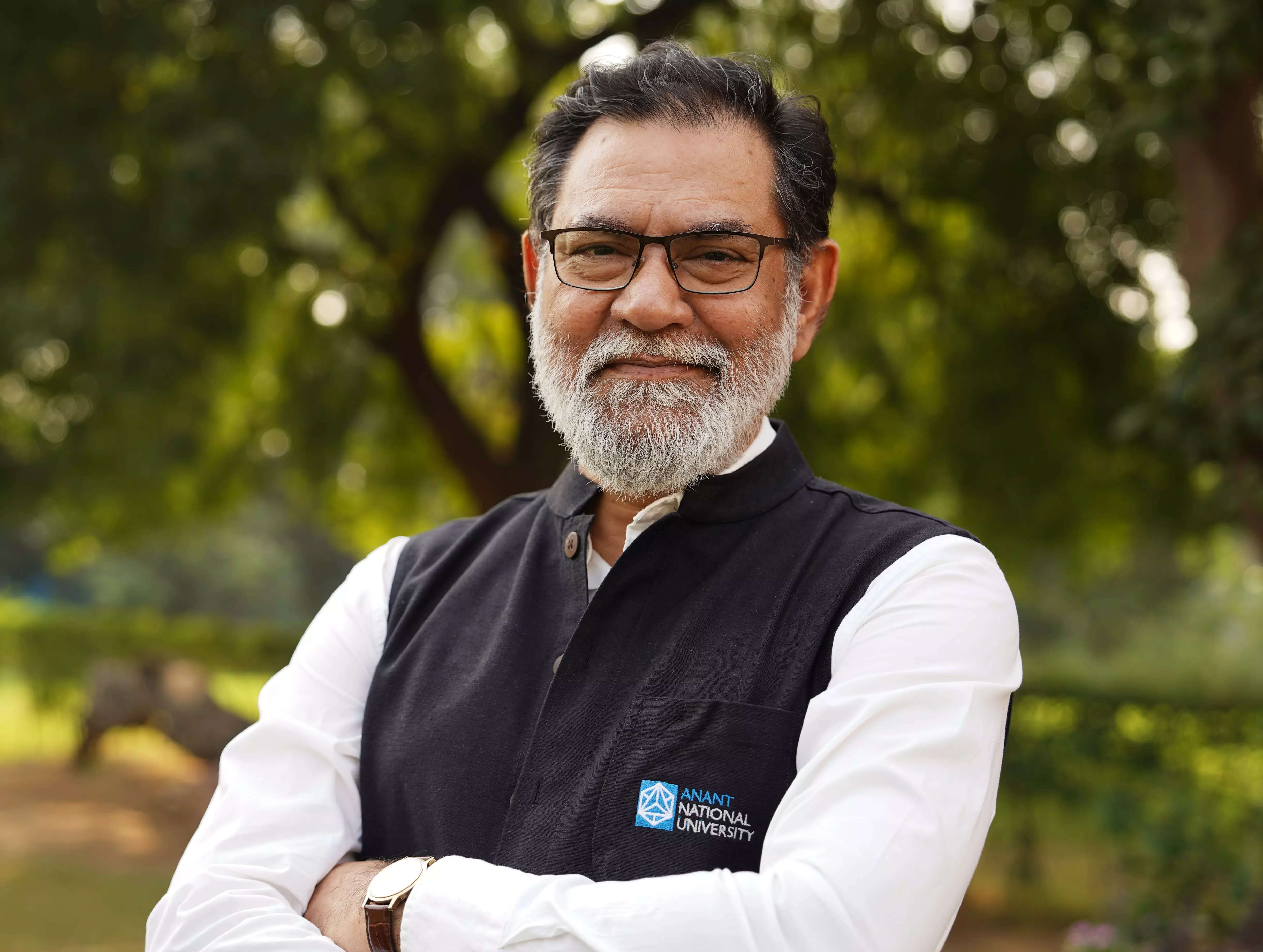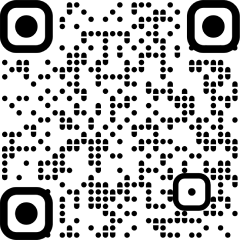
Anant National University’s introduction of ADEPT (Anant Design Entrance and Proficiency Test) has set a new standard for inclusivity in design education. As India’s first multilingual design entrance test, ADEPT is conducted in five languages: English, Hindi, Gujarati, Bengali, and Tamil, challenging the conventional reliance on English in assessing design aptitude. This initiative opens doors for aspiring designers from diverse linguistic backgrounds, fostering a more inclusive environment for creativity and innovation, says Dr Anunaya Chaubey, Provost, Anant National University.In an exclusive interview with ETGovernment, Dr Chaubey said: “The university’s DesignX approach emphasizes not just aesthetics but critical thinking, community immersion, and interdisciplinary problem-solving. ADEPT allows candidates from various cultural backgrounds to combine their traditional artistic knowledge with contemporary design, enriching the creative landscape with new perspectives and innovative solutions. This diversity enhances both the cultural and intellectual vibrancy of design projects, further expanding the design landscape.”
Edited excerpts:
Given the growing recognition of inclusive design education, how does Anant National University’s multilingual ADEPT differentiate itself from similar initiatives at other universities in India?
Anant National University has been working on addressing issues such as accessibility, affordability and quality standardisation of education through various initiatives. ADEPT – Anant Design Entrance and Proficiency Test is one such initiative. It is India’s first and only multilingual design entrance test, conducted in five languages, including English, Hindi, Gujarati, Bengali and Tamil. It is for the first time in India that any design institution checks for aptitude in creativity and innovation in languages other than English, which is the norm.
This initiative shows Anant’s commitment to inclusivity and equal opportunities for aspiring designers from diverse linguistic backgrounds. By expanding assessment options, Anant fosters inclusivity and democratises access to design education, opening doors to a broader range of talent.
ADEPT goes beyond the traditional way of evaluation. It assesses a candidate’s critical thinking, design aptitude, holistic approach and overall awareness of societal and global dynamics.
How do you envision the impact of multilingual ADEPT on the diversity of students admitted to Anant?
In December 2023, Anant introduced ADEPT, a step taken so that each student had the chance to showcase their creative talent and critical thinking potential in a language they are most comfortable with.
The result of this initiative created history for us as we welcomed the largest Bachelor of Design class in our young history. The BDes Class of 2028 has 475 young, creative and brilliant minds from 4 nationalities, 30 Indian states and 283 cities. 77% of the Class of 2028 identifies as female.
Other than academic excellence, this batch demonstrates exceptional achievements in sports – triathletes, black belts in Karate and Taekwondo; national level athletes in swimming, wrestling and judo; performing artists Odissi and Bharatnatyam dancers, vocalists and musicians; polyglots – languages like French, Japanese, Sanskrit and scores of other Indian languages. The Class of 2028 has a Guinness world record holder, a Pradhan Mantri Rashtriya Bal Puraskar awardee, international English Olympiad gold medalists, entrepreneurs, artists and film producers.
What specific skills or qualities do you find most important in assessing a candidate’s suitability for a design programme?
Design is not just about aesthetics but about communicating, innovating and problem-solving. It’s a discipline that extends far beyond the common perception of mere ornamentation and aesthetics. It is a discipline that merges creativity with critical thinking, fosters an interdisciplinary understanding of community, integrates technology and prepares individuals to become adept problem solvers.
We look for young minds who understand real-world issues and can think critically and creatively to find solutions. Our DesignX way helps young designers develop a better understanding of the context we live in through community immersion, innovation and collaboration. The core of our pedagogy is sustainable design multiplied by a host of knowledge disciplines and technology to make problem-solving impactful.
Does offering ADEPT in multiple languages have any implications for the cultural diversity of design projects and the overall design landscape?
Since only 15% of the Indian population speaks or is fluent in English, limiting design education to this language excludes a vast pool of talent. However, ADEPT enables young minds from diverse cultural backgrounds to enter the design mainstream, giving them access to formal design education. Combining their artistic and traditional knowledge with contemporary design training unlocks new possibilities and perspectives, enriching the creative landscape.
This inclusion also fosters diversity, bringing together unique art forms, artisan cultures and regional design practices. The cross-pollination of ideas among designers from different cultures will introduce fresh concepts, leading to innovation and new creative avenues. The result will be a more vibrant and dynamic design landscape reflective of global diversity. It will expand the design canvas to incorporate a broader range of cultural expressions and solutions.
What were the primary challenges faced in implementing ADEPT, and what opportunities have arisen as a result?
Overcoming the perception of giving an exam in a language other than English was surely a challenge. Anant launched huge awareness campaigns to educate students about the inclusivity and value of such options. Another challenge was ensuring that bright and creative students from different linguistic backgrounds felt comfortable expressing themselves. We restructured and expanded our curriculum and enhanced support facilities to accommodate their needs, creating a truly inclusive learning environment.
While ADEPT has been well-received, it’s crucial for other institutions to adopt similar admissions processes to make quality education more accessible.
ADEPT has made it possible to bring a diverse pool of talent from across India under one roof, enhancing the learning environment and giving way to more innovative ideas and solutions to problems. It has also allowed Anant National University to collaborate and share its expertise with other institutions to adopt similar inclusive approaches. ADEPT has also strengthened Anant’s commitment to pushing the boundaries of innovation in design education. By embracing diverse languages and backgrounds, the university fosters an environment where students are trained not just as designers but as solutionaries – revolutionary thinkers with a solution-oriented mindset.

